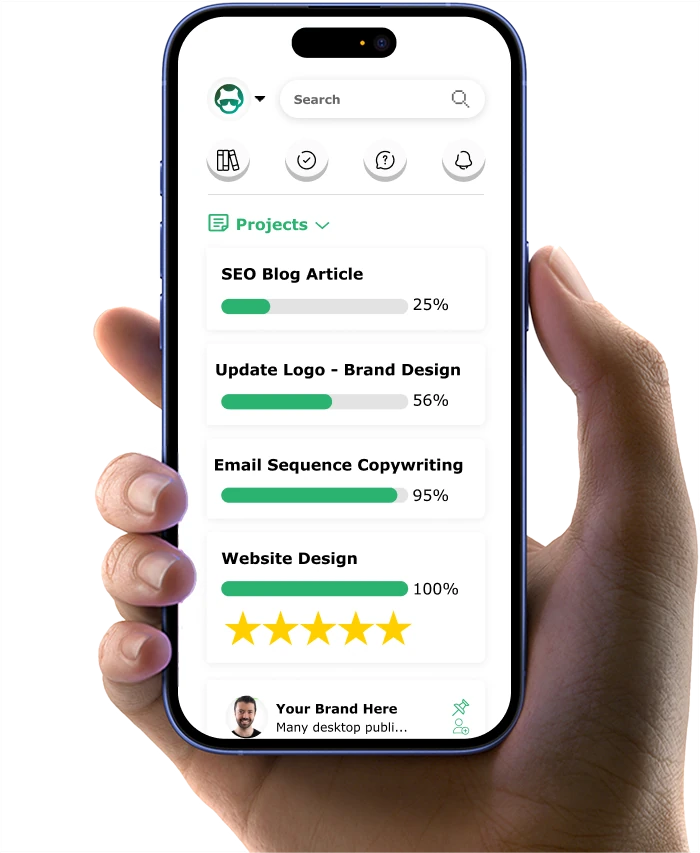7 Metrics That Turn Agency Reports Into Client Gold
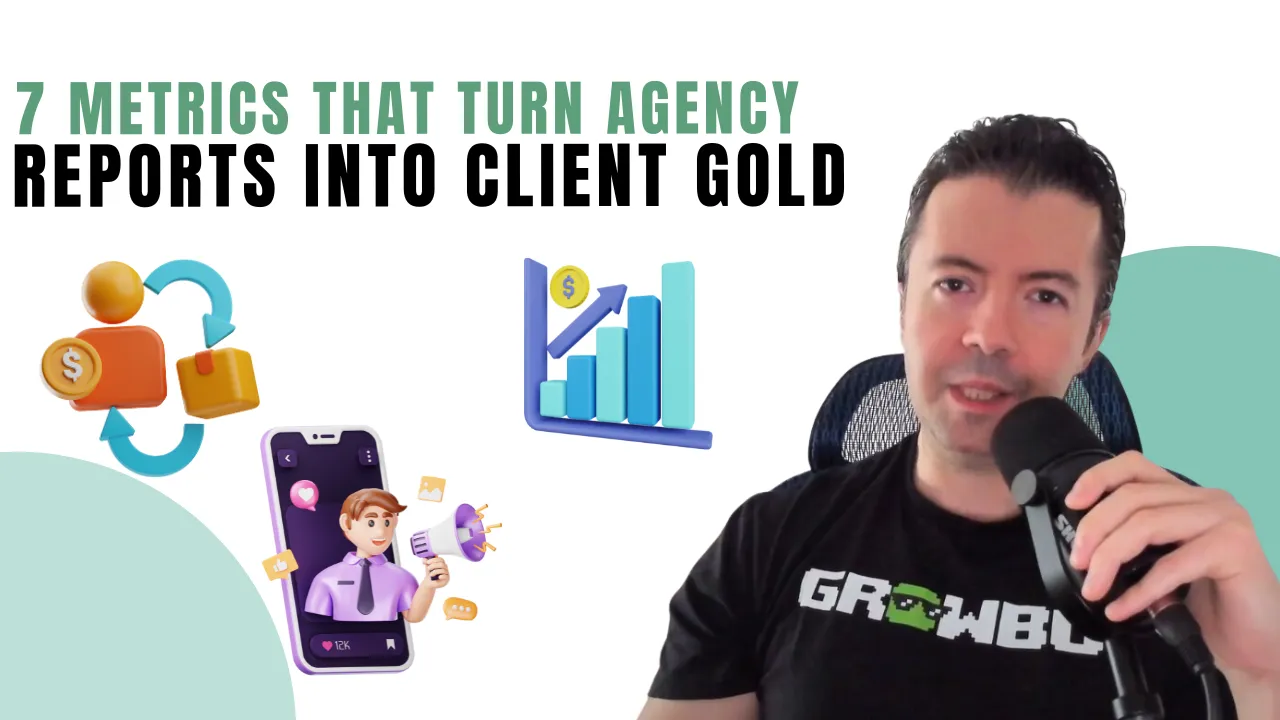
Are your agency metrics report making your clients' eyes glaze over? You're not alone.
You've spent hours creating a beautiful report full of clicks and impressions, but your marketing ROAS data tells a different story. You're proud of the numbers. Then your client asks, "But how is any of this helping my business grow?"
Ouch. Been there.
After losing a big client despite "good numbers," I learned that clients don't pay for activities - they pay for results. They want proof their investment is making money, not just making noise.
Most agencies track what's easy to measure, not what actually matters to clients. This disconnect is why many struggle to keep accounts long-term.
In this guide, I'll share seven practical metrics that directly link to what clients really care about: sales, growth, and profit.
Here's what you'll discover:
- 1. The conversion tracking secret that turns skeptical clients into bigger spenders
- 2. A forecasting method that helps clients see beyond next month's results
- 3. The resource allocation framework that eliminates wasted ad spend
- 4. An engagement measurement technique that reveals which platforms actually drive sales
- 5. The early warning system that spots unhappy clients before they leave
Ready to become the agency clients never want to leave? Let's jump in...
Want to get all your marketing and funnel work done—without the headaches of hiring a team? Download our free guide: 33 Marketing Projects You Can Delegate to Growbo and discover how to save 100+ hours a month, grow faster, and scale without the overhead.
Practical Metrics #1: Maximizing Return on Ad Spend (ROAS) as Your Agency's Revenue Driver
Return on Ad Spend (ROAS) is the metric that separates top-performing agencies from the rest. ROAS tells you exactly how much revenue your client's ads are generating for every dollar spent. For agencies, showing strong ROAS is the fastest way to earn client trust and keep accounts long-term. If you aren't tracking ROAS weekly, you're missing the number one signal your clients care about.

Clients are more demanding than ever about seeing clear results. According to HubSpot, spend on digital channels is on the rise, with brands spending up to 70% of their marketing budget on digital channels in 2023. This means clients expect agencies to prove that every dollar is working hard. Traditional reporting methods, like click-through rates or impressions, are no longer enough. Clients want to know: did our investment make us money? ROAS answers that question directly and simply.
Agencies that move fast have a big edge. With tools like Google Analytics 4 and Facebook Ads Manager, you can track ROAS for each campaign in real time. Growbo's 0-2 day turnaround on deliverables lets you act on these insights quickly, optimizing campaigns before budget is wasted. When you show clients a steady or rising ROAS, you give them confidence to increase ad budgets and stick with your agency.
Quick Guide
- Set a clear revenue goal for each campaign before launch.
- Use analytics tools to track both spend and revenue daily.
- Review ROAS at least once a week, not just monthly.
- Adjust creative, targeting, or bidding as soon as ROAS drops below your target.
- Share visual, easy-to-understand ROAS reports with clients to highlight wins.
KEY INSIGHTS
- Track ROAS weekly and optimize fast for better results.
- Use clear, client-friendly reports to build trust.
- Prioritize revenue-driving metrics over surface-level numbers.
Start putting ROAS at the center of your client reporting, and you'll be ready for the next step: understanding the long-term value of each customer.
Practical Metrics #2: Building Long-Term Growth for Your Clients
Customer Lifetime Value (CLV) is the metric that helps you and your clients see beyond short-term wins. CLV shows the total revenue a customer is likely to bring over their relationship with your client's business. By focusing on CLV, agencies can help clients make smarter decisions about where to invest their marketing dollars for sustained growth.
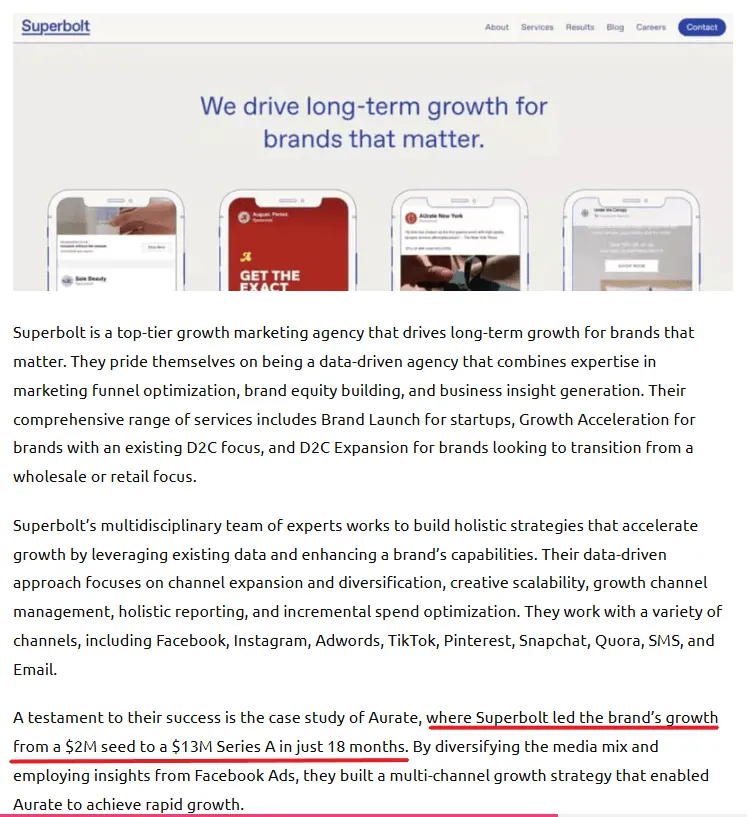
Many agencies overlook CLV and end up recommending tactics that only drive quick sales. This approach can leave clients disappointed when results plateau. Instead, use CLV to guide your strategy. When you show clients how much more valuable a loyal customer can be, you position your agency as a partner invested in their long-term success.
To calculate CLV accurately, analyze past purchase behavior, retention rates, and average order values. Research by Social Plus shows that increasing customer retention rates by just 5% can boost profits by 25% to 95%.
Case Example
One agency worked with Notion, a SaaS productivity platform, to shift focus from one-off user signups to nurturing long-term subscribers. By segmenting users by CLV and tailoring onboarding sequences, they increased annual recurring revenue by 29% in a single year.
Quick Guide
- Gather data on average purchase value and frequency.
- Multiply by the average customer lifespan.
- Use this number to set acquisition and retention budget priorities.
KEY INSIGHTS
- Use CLV to guide decisions and budget priorities.
- Show clients the value of retention, not just acquisition.
- Calculate CLV to unlock longer-term, higher-value relationships.
Ready to spend smarter? Next, let’s look at how tracking Cost Per Acquisition can help you optimize every dollar.
Practical Metrics #3: Cost Per Acquisition (CPA)
Cost Per Acquisition (CPA) gives agencies a clear view of how efficiently they're converting leads into paying customers. CPA is the amount spent to acquire a single customer, making it a key benchmark for campaign performance and budget allocation. Tracking CPA helps you spot which channels deliver the best value and which need to be reworked or cut.
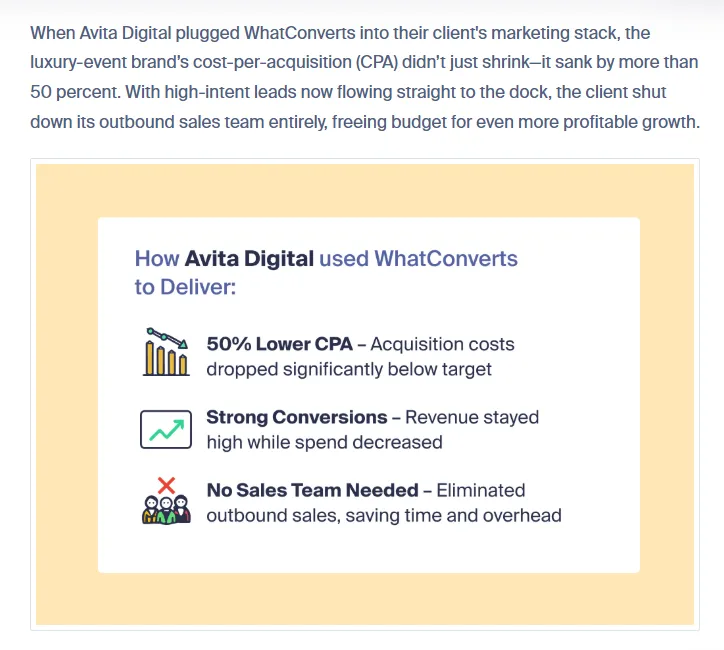
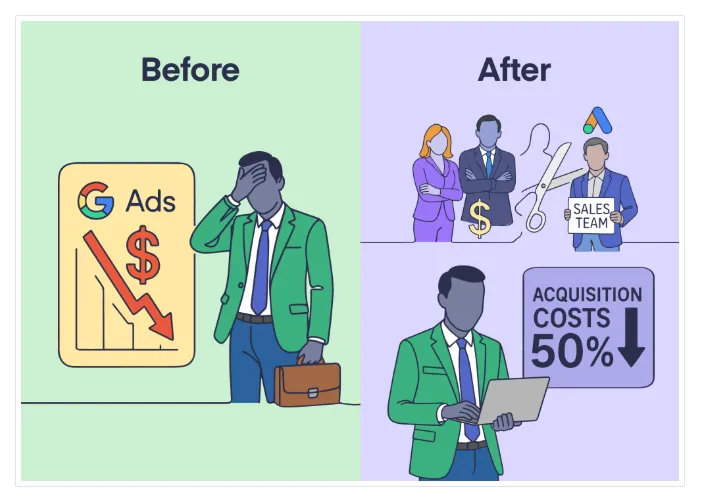
Traditional agencies often focus on the cheapest leads, but this can backfire if those leads don't convert or stick around. Instead, compare CPA to CLV to ensure you're investing in channels that bring in high-value customers, not just the most affordable ones.
According to WordStream, the average CPA for Google Ads across all industries is $48.96 for search and $75.51 for display. Use this as a benchmark, but always tailor your targets to your client’s specific goals and margins.
Common Mistake to Avoid
Don’t chase the lowest CPA at the expense of quality. If cheap leads don’t convert, you’re wasting budget and risking client trust.
KEY INSIGHTS
- Track CPA by channel and campaign for better budget decisions.
- Compare CPA to CLV to avoid wasting money on low-value leads.
- Use industry benchmarks, but always customize for your client.
Next, let’s break down how to find your best channels with engagement rate tracking.
Practical Metrics #4: Engagement Rate by Channel
Engagement Rate by Channel helps agencies identify which platforms are actually connecting with their client’s audience. Engagement isn’t just a vanity metric; it’s a sign that your content is resonating and moving prospects closer to conversion. By tracking engagement rate, you can focus resources on the channels that drive the most meaningful interactions.
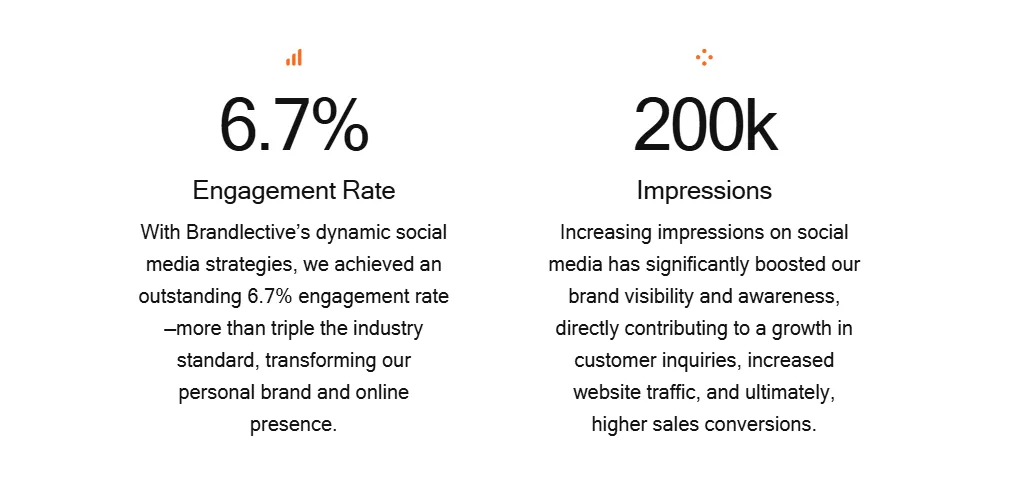
Many agencies spread themselves too thin across every channel. This often leads to wasted effort and diluted results. Instead, use engagement data to double down on what works. For example, if Instagram Reels consistently get 4x more shares than Facebook posts, shift more content creation and ad spend there.
Growbo’s unlimited requests for emails, landing pages, and ads allow you to test and optimize engagement across multiple channels quickly. This flexibility is key to maximizing results.
Step-by-Step
- Define engagement for each channel (likes, comments, shares, clicks, etc.).
- Use tools like Sprout Social or AgencyAnalytics to collect and compare data.
- Analyze results monthly to identify top-performing platforms.
- Shift focus and budget to channels with the highest engagement.
KEY INSIGHTS
- Track engagement by channel, not just overall.
- Use data to focus on the platforms that drive real results.
- Test new content types often to keep engagement high.
With engagement rates in check, let’s move to proving the value of your content investment.
Practical Metrics #5: Content ROI
Content ROI measures the business impact of every blog post, video, or downloadable your agency creates. For clients, it’s not enough to know that a post was published—they want to see how content drives leads, sales, or other conversions. Content ROI gives you the data to justify continued investment and refine your strategy.
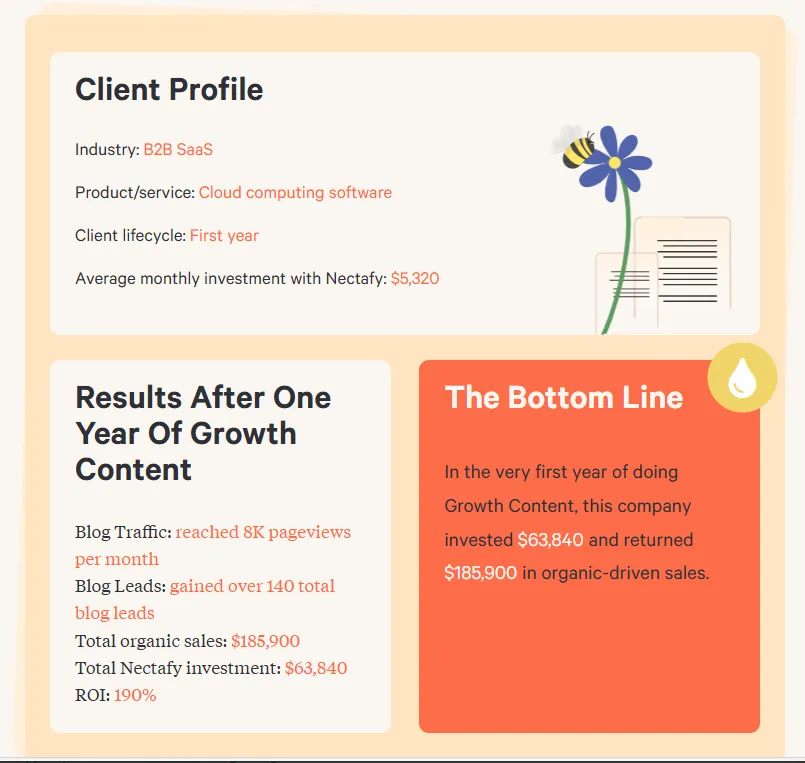
Traditional agencies often report on vanity metrics like page views or shares. But these don't always correlate with revenue. Instead, use tracking links, attribution models, and conversion metrics to connect content directly to outcomes that matter. When combined with your marketing ROAS data, content ROI becomes a powerful tool for demonstrating comprehensive campaign effectiveness.
Growbo’s blog and resource library provide actionable tips for maximizing content effectiveness and measurement. This helps agencies stay ahead with proven strategies.
Do This / Not That
- Do This: Track conversions from each content piece using unique links /Not That: Only report on page views or likes
- Do This: Connect content to revenue using attribution tools /Not That: Ignore downstream sales impact
- Do This: Refresh and repurpose top-performing content regularly /Not That: Let content grow stale or outdated
KEY INSIGHTS
- Tie content to conversions, not just traffic.
- Use attribution tools to quantify impact.
- Refresh content regularly for maximum ROI.
Next, we’ll look at how influencer campaigns can drive measurable results for your clients.
Practical Metrics #6: Influencer Campaign ROI
Influencer Campaign ROI is a must-track metric for agencies running influencer programs. This metric shows exactly how much value each influencer partnership brings, moving beyond likes and reach to focus on conversions, leads, or sales. Clients want proof that their investment in influencers is driving measurable business results, not just social buzz.
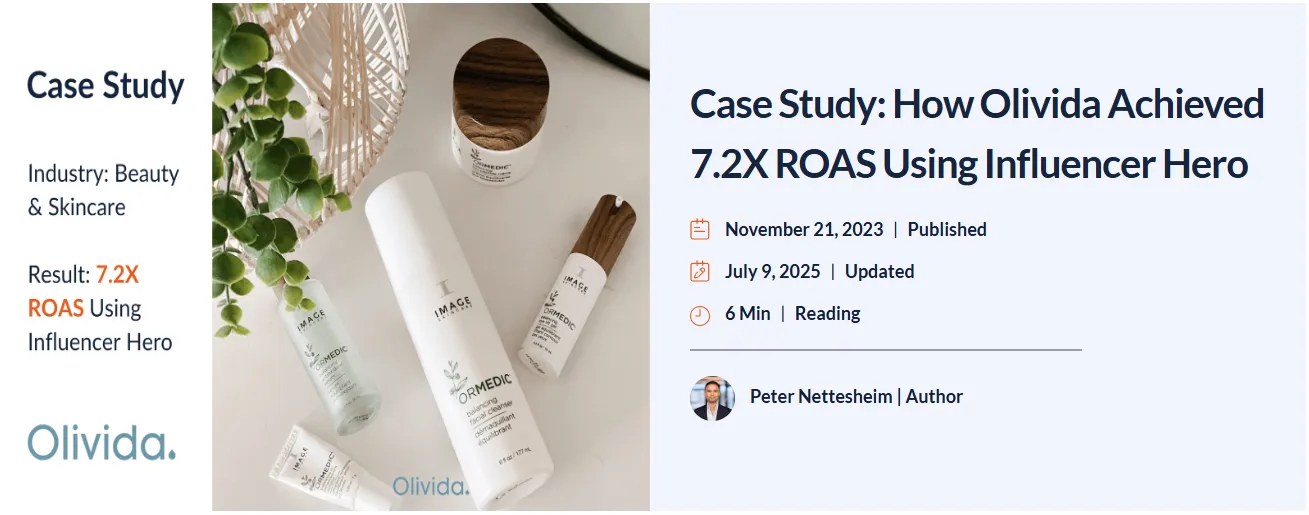
Traditional approaches often rely on vanity metrics that don't tie back to revenue. To stand out, agencies should assign unique tracking links or promo codes to each influencer. This lets you directly attribute conversions to individual campaigns, giving clients clear, actionable data. According to Influencer Marketing Hub, 67% of brands measure influencer ROI by sales and leads, not just engagement.
When you combine influencer ROI with other metrics like CPA and CLV, you can recommend smarter budget allocations and identify the partnerships that deliver the best results.
Step-by-Step
- Assign unique tracking links or discount codes to each influencer.
- Monitor conversions, leads, or sales attributed to each campaign.
- Compare influencer-driven results to other channels.
- Adjust future partnerships based on ROI, not just reach.
KEY INSIGHTS
- Measure influencer success by leads and sales, not just engagement.
- Use unique codes or links for clean attribution.
- Prioritize influencers who drive real business results.
Next, let’s see how tracking churn rate can help you keep clients longer.
Practical Metrics #7: Keeping Clients and Revenue Steady
Churn Rate is one of the most important metrics for agency growth. It measures how many clients leave over a set period. A low churn rate means your agency delivers ongoing value and keeps clients loyal, while a high churn rate signals trouble that needs immediate attention.

Many agencies focus on acquisition but overlook retention. This can lead to a cycle of replacing lost clients instead of building stable, long-term relationships. Increasing client retention by just 5% can boost profits by 25% to 95%, research shows.
Tracking churn rate helps you identify at-risk clients early, so you can address issues before they leave. It’s also a great KPI for demonstrating agency value to prospects.
Quick Guide
- Set clear expectations and deliver consistently.
- Share regular progress reports and new recommendations.
- Offer proactive support and additional services as clients’ needs change.
KEY INSIGHTS
- Track churn monthly to spot trends and take action early.
- Communicate regularly to keep clients engaged.
- Invest in retention as much as acquisition.
These seven metrics form the foundation of agency reporting that drives real business results and lasting client relationships.
Now that you've mastered the essential metrics for client reporting, let's explore how to amplify your content strategy for maximum reach and impact. Even the best metrics mean nothing if your content isn't reaching the right audience. Our article will show you where combining paid and organic content distribution becomes crucial for agency success.
Want to get all your marketing and funnel work done—without the headaches of hiring a team? Download our free guide: 33 Marketing Projects You Can Delegate to Growbo and discover how to save 100+ hours a month, grow faster, and scale without the overhead.
Conclusion
Look, we've all been there – spending hours creating beautiful reports full of clicks and impressions only to have clients ask, "But how is this helping my business grow?" That's why these seven metrics are game-changers for your agency.
When you show a client their marketing ROAS is 4.2 instead of just telling them their ads got 10,000 impressions, their eyes light up. Suddenly, they see you as the expert who's making them money, not spending it.
Ready to level up your agency reporting? Here's what works:
- 1. Replace monthly ROAS reviews with weekly check-ins to catch winning campaigns faster
- 2. Calculate CLV for each client's customer segments to guide smarter strategy decisions
- 3. Create a simple dashboard comparing CPA to CLV to justify your ad spend recommendations
- 4. Track channel-specific engagement to stop wasting time on platforms that don't convert
- 5. Use unique tracking links for all content to prove its impact on sales
Not sure where to start with these metrics? Our team at Growbo specializes in setting up these exact systems for agencies like yours. We can walk you through implementation step-by-step and even handle the heavy lifting for you. Arrange a consultation call today to see how we can help your agency stand out with data-driven results.
Want to implement these metrics without hiring specialists? Get Growbo's complete marketing team.
Submit unlimited requests for reports, dashboards, and tracking setups – our team will deliver within 48 hours, no hiring hassles required.
What's your biggest challenge with these metrics? Share in the comments below!
Keep Growin', Stay Focused,
Image Credits:
1. https://strikesocial.com/blog/case-study-how-our-strategy-delivered-28x-facebook-roas/
2. https://influencermarketinghub.com/growth-marketing-agencies/
3. https://www.whatconverts.com/blog/case-study-avita-digital/
4. https://www.brandlective.com/case-study/how-high-definition-you-utilised-organic-social-media-strategies/
5. https://www.nectafy.com/blog/growth-content-roi-case-study
6. https://www.influencer-hero.com/blog-detail/case-study-how-olivida-a-skincare-brand-in-the-netherlands-achieved-7-2x-roas-using-influencer-hero
7. https://www.vendasta.com/case-studies/agency-achieved-client-retention/



